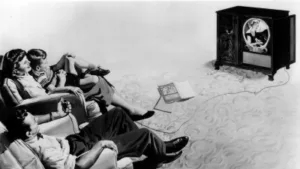The term “television” today means something very different than it did sixty years ago. Back then, the television experience was best described as radio with pictures. You turned on the power, raised the volume, rotated the channel selector, and sat down to watch. Quite a far cry from streaming programs to your phone or recording two or more shows to a DVR!

While we’re more engaged with the idiot box than ever from a content perspective, some things are harder to change. Ever since those first televisions came to the home in the 1940s, engineers have been obsessed with ways to control things like power, volume, and channel changes without having to get up out of a chair.
The first attempt at this was Zenith’s Lazy Bones wired remote in 1950. It worked great for controlling power, volume, and channel changes, but there was a small issue with tripping over the connecting cord. (Conveniently overlooked in advertisements of the day that showed men in tuxedos and women in cocktail dresses enjoying an evening in front of the TV while drinking martinis!)
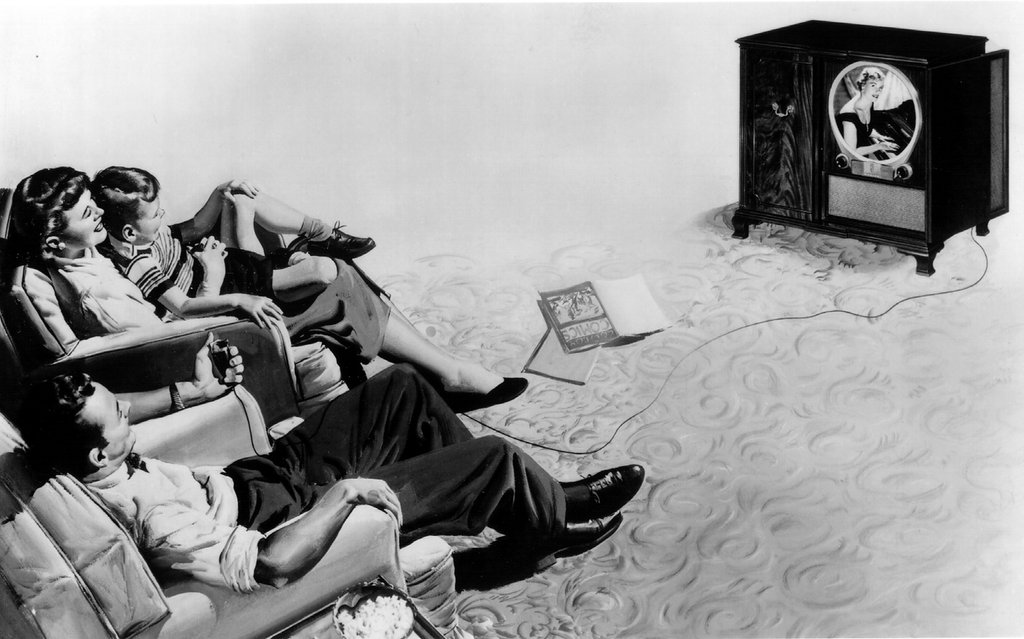
The first design for a true wireless remote control came five years later and was invented by Eugene Polley, an engineer at Zenith Corporation. He came up with something that looked like an oversized flashlight that signaled four different photocells embedded in the television’s frame to control the same functions as the earlier wired remote. And it worked, so long as no sunlight was falling on any of the photocells.
But the third time was the charm. In 1956, Polley and fellow Zenith engineer Robert Adler came up with the now-legendary Space Commander, a three-button remote that used ultrasonic tones (created by striking tiny chimes in the remote) to operate power, change channels, and control volume. It worked so well that it remained a viable product for more than a decade, albeit an upscale “premium” add-on to televisions.
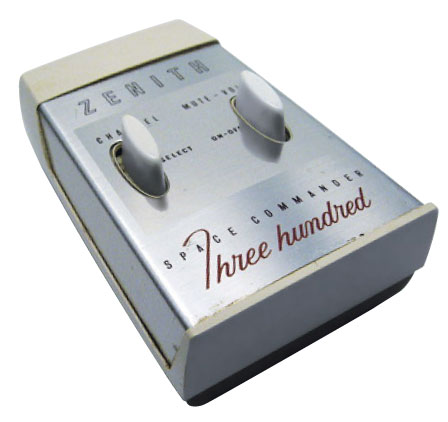
While many TV models still required the viewer to operate controls manually, the game changed completely with the introduction of infrared remote controls in the late 1970s. By 1990, infrared remotes were ubiquitous, operating televisions, home theater receivers, projectors, CD players, and laser disc players.
All kinds of crazy remote-control products came to market at that time, like IR-tracking wireless mice (very unreliable), wand-style mouse controls (suffered from ballistics issues), and RF-based wireless tracking balls and remotes (clobbered by interference). In my days of writing for various trade publications, I had the pleasure (and aggravation) of testing many of these “sounded like a good idea at the time” products, none of which exist today.
Around the turn of the century, R&D efforts accelerated. For many years at CES, we would be ushered into a private suite to see how someone could simply wave their hands to extract a virtual book from a shelf, open the cover, turn the pages, and close the book. Or control volume, channel up/down, program guide, and other functions simply by pointing a finger and moving a hand up and down or sideways.
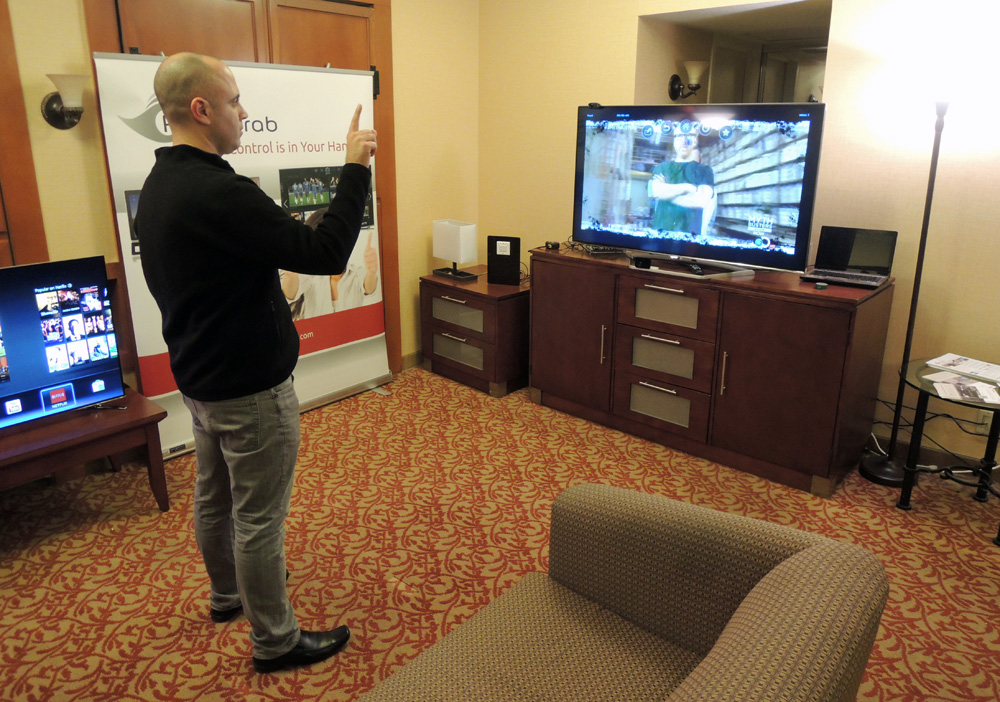 PointGrab Finger Control Demo. Image:Pete Putman
PointGrab Finger Control Demo. Image:Pete Putman
There were RF-based wands to control TV functions that also let you scribble on the screen and change channels simply by drawing a channel number. You could wave the palm of your hand over a screen representation of movie titles, pause on one of them with your selection highlighted by a white glow, and then open and watch the movie simply by closing your fist and pulling your hand back – as if you were pulling a DVD off a shelf.
Other companies showed how you could scroll up and down pages of text, scan through maps, and select icons to launch programs on a laptop simply by using your eyes. You could read and turn sheet music the same way and make selections by using your finger or thumb to press a virtual “enter’ button on the side of the screen.
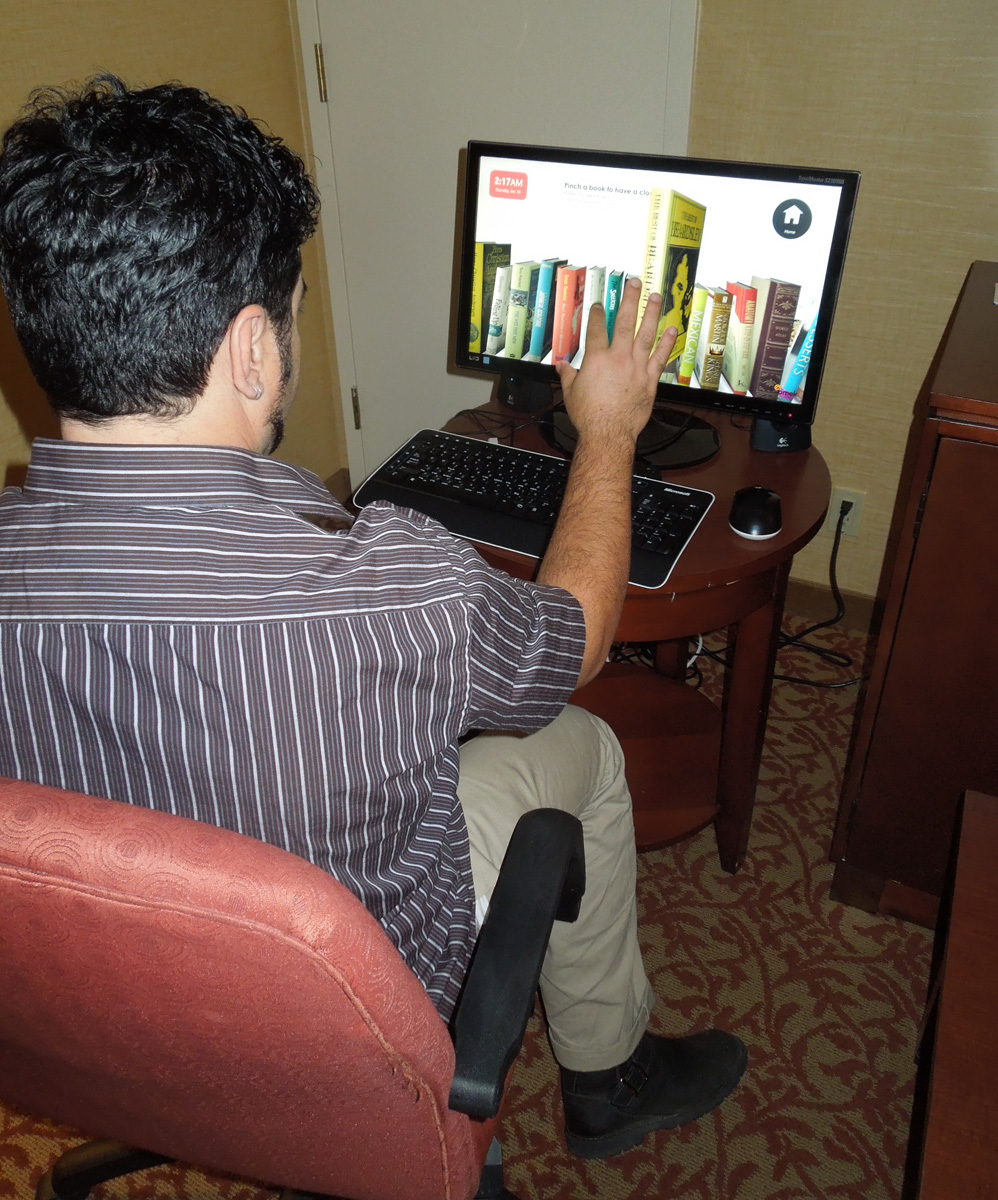
All of these were amazing demonstrations, and all were aimed at getting rid of the traditional handheld remote. But there were drawbacks to every idea. For one thing, it gets pretty tiring waving your hands and arms around to make something happen. (And it looks pretty silly, too.)
Also, holding your arm still while making different gestures with your hand and fingers is just too much work. Waving a wand isn’t much better, as the ballistics for one person won’t be the same for another, resulting in overshoots of the screen and some pretty sloppy writing that resembles graffiti more than anything else. Just about every one of these companies was either bought out by tech behemoths like Intel and Apple, or shut down operations when their capital ran out.
Voice May be the Only Way
It appears that the only practical candidate to replace the traditional remote is voice recognition, paired with artificial intelligence. This would seem to be the most difficult trick to pull off, as such a system has to recognize (1) different voice pitches, (2) different languages, (3) and different accents, not to mention deciphering voices that mumble.
And yet, engineers have done it. Over the years at CES, Conexant showed me numerous demos of successful speech recognition while loud TVs, boom boxes, and even vacuum cleaners were running at the same time. In each case, their system correctly recognized voices and executed commands as spoken. These voice recognition systems are so good that they can function in noisy rooms amid music and speech coming from televisions and AV receivers.
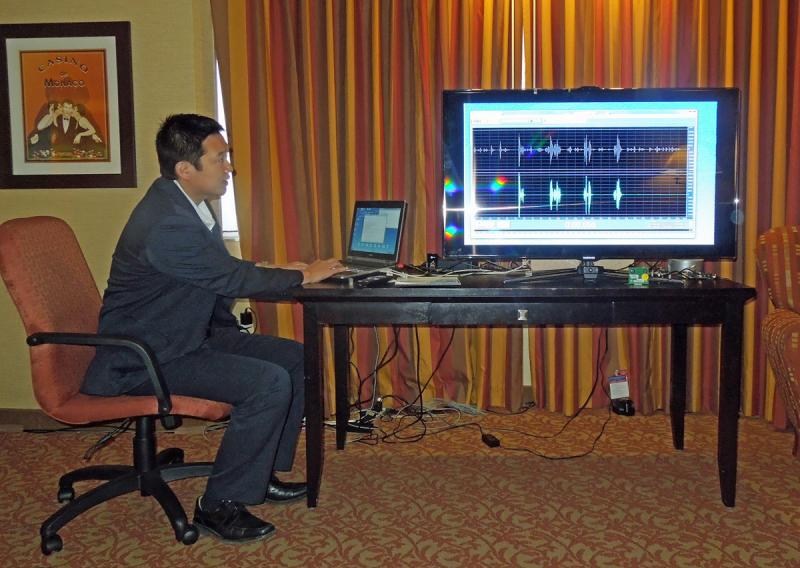 A Voice Recognition Enhancement by Conexant. Image:Pete Putman
A Voice Recognition Enhancement by Conexant. Image:Pete Putman
Sixty years after the Space Commander, we may finally be ready to replace handheld remote controls with our voices. Both my TiVo Bolt and Comcast X1 remotes now offer voice control for everything from finding programs to changing channels. Amazon is adding Echo Buds, ear buds that link to Alexa, along with Echo Frames, eyeglass frames equipped with tiny speakers and microphones.
Today, millions of voice recognition systems now nestle comfortably in homes, streaming music and searching the Web. (Rarely being used to order anything online, by the way.) We aspire to the zenith of couch potatoes as we converse with our television, looking for something interesting to watch tonight…like that History Channel documentary on TV remote controls…

